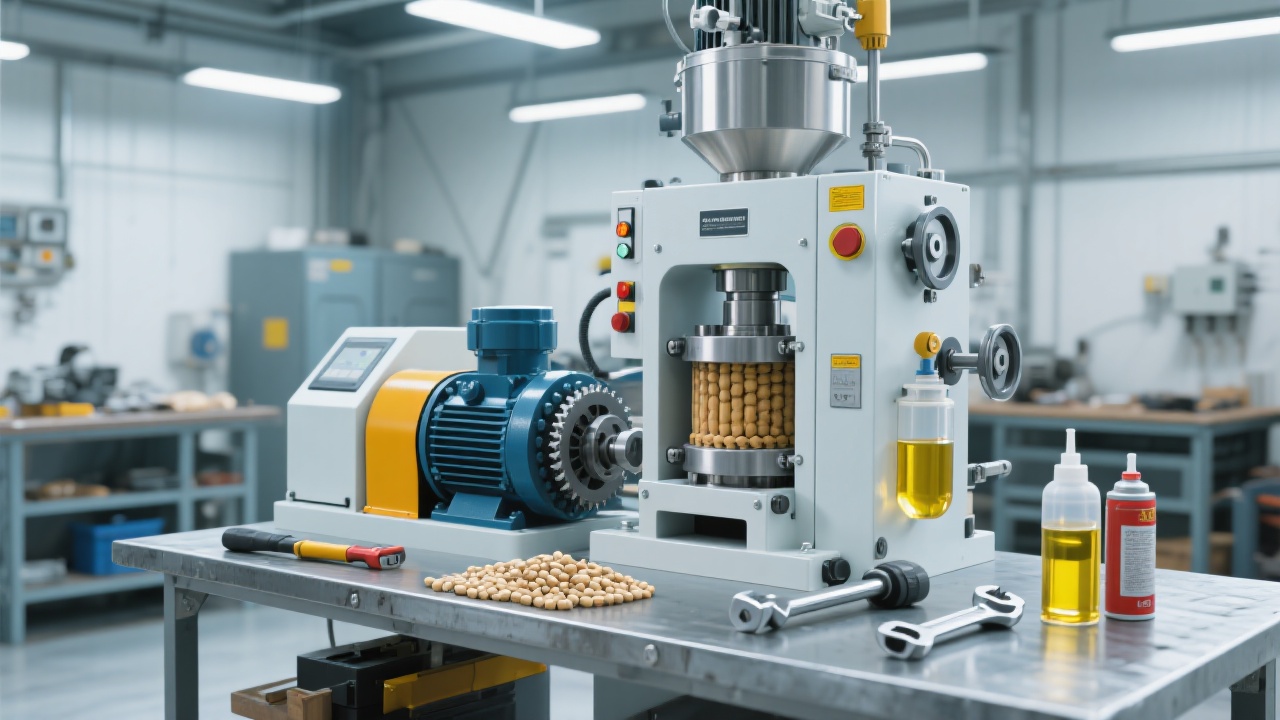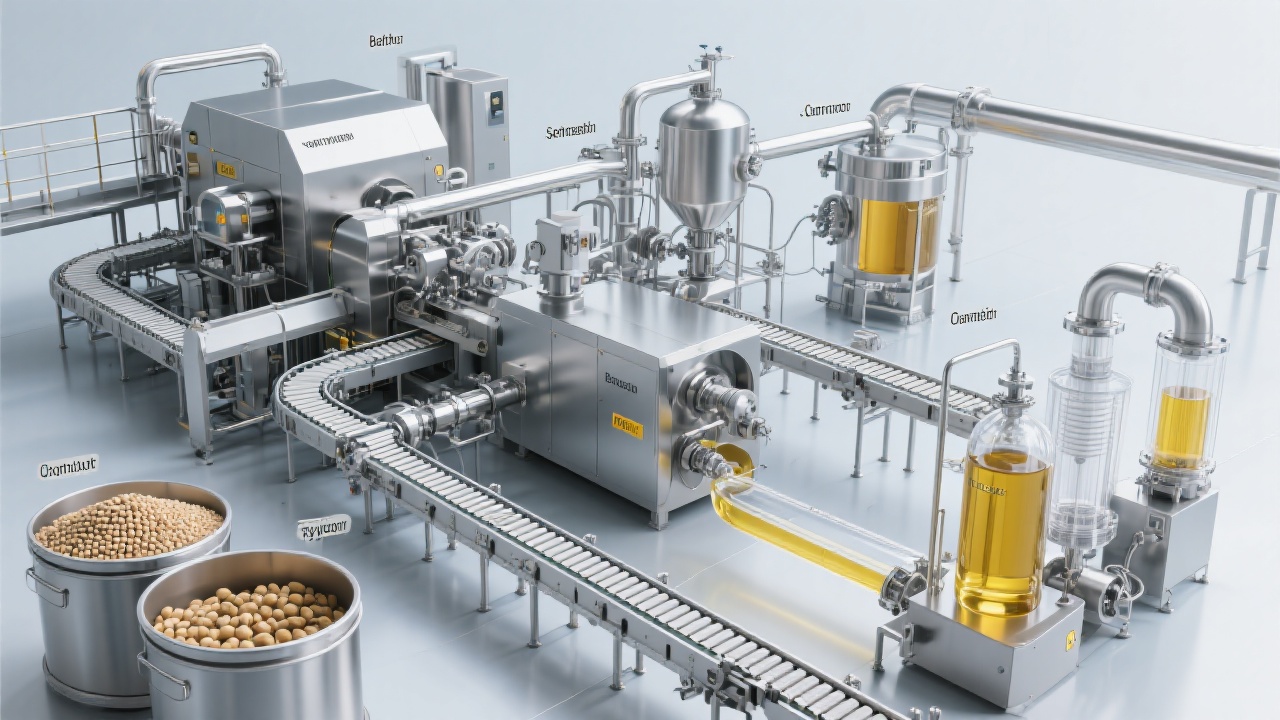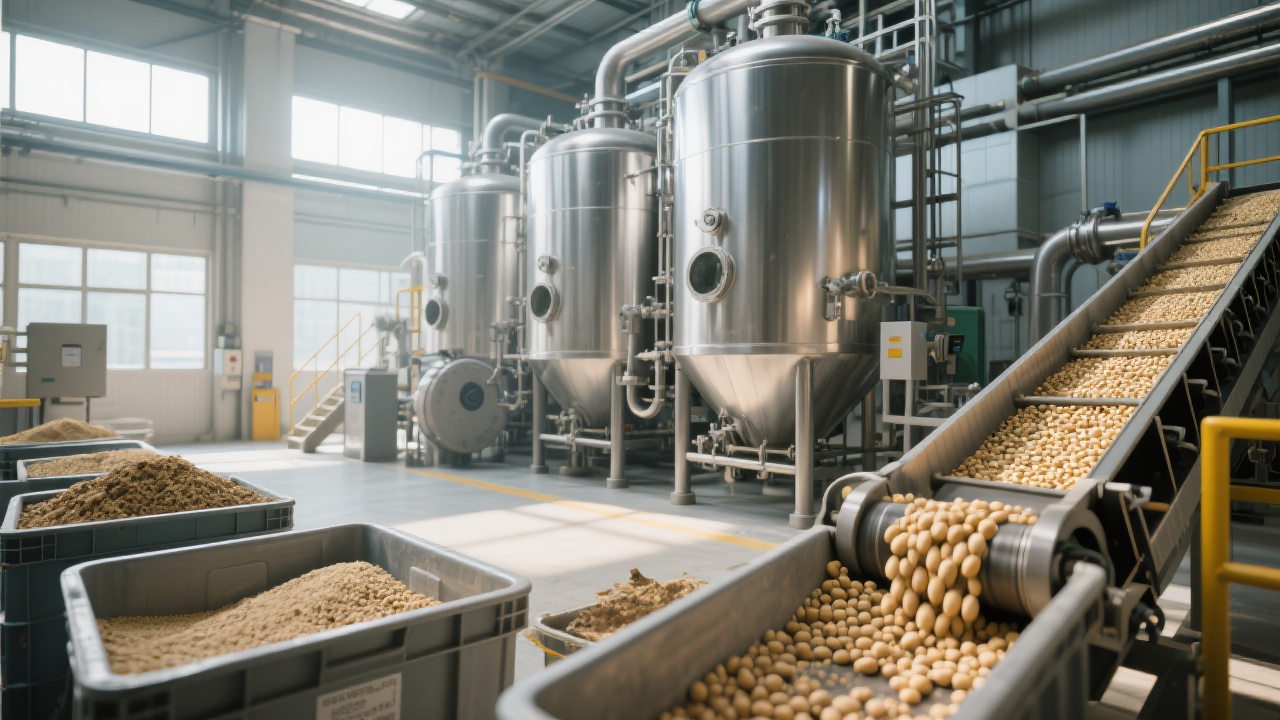
In the evolving landscape of the edible oil industry, selecting appropriate soybean oil refining equipment is a pivotal decision that directly impacts operational efficiency, product quality, and ultimately, market competitiveness. With global soybean oil demand projected to grow by approximately 3% annually over the next five years, producers from small-scale processors to large industrial operators face unique challenges in aligning production capacity with technological capabilities.
Enterprises' refining requirements are primarily shaped by scale, output targets, and capital availability. Small and medium-sized enterprises (SMEs) typically process under 10 tons per day focusing on flexibility, ease of operation, and lower upfront investment. Conversely, large industrial producers demand continuous, high-throughput systems with integrated automation to achieve economies of scale while maintaining consistent product standards.
| Enterprise Scale | Daily Processing Capacity | Key Requirements | Preferred Equipment Type |
|---|---|---|---|
| Small Enterprises | 1-5 tons | Cost-efficiency, simplicity, manual/semi-automatic operation | Batch or Semi-Automatic Refining Machines |
| Medium Enterprises | 5-20 tons | Balanced automation, moderate capacity, reliable output quality | Semi-Automatic Continuous Refining Machines |
| Large Enterprises | 20+ tons | Full continuous processing, high automation, energy efficiency | Fully Continuous Refinery Systems |
Modern soybean oil refining equipment can be categorized mainly into batch (semi-automatic) and continuous systems. Batch units, favored by SMEs, offer operational simplicity and lower initial investment but can limit scalability and consistency for higher volumes. Continuous refining machines utilize advanced processes such as alkali refining, bleaching, and deodorization integrated with automated controls, delivering efficiency and stable product quality for large-scale operations.

Case 1 – SME Adopts Semi-Automatic Refining: A regional oil processor increased its output from 3 to 7 tons/day by transitioning from manual batch processing to a semi-automatic refining line, boosting operational reliability by 35% and reducing labor costs by 20% within the first year.
Case 2 – Large Industrial Producer Embraces Continuous Systems: A multinational company integrated a continuous refining plant processing 50 tons/day with advanced automation, achieving 99.8% purification efficiency and reducing energy consumption by 15%, directly enhancing its product market share in competitive environments.
These examples underscore the necessity of matching production goals with appropriate technology, reflecting that equipment choice is a strategic business decision, not a mere technical purchase.

To make an informed equipment choice, enterprises should consider:
Choosing the right soybean oil refining equipment is more than an operational step—it is a vital component in building a resilient and competitive business. By aligning equipment technology with corporate scale, technical requirements, and market trends, enterprises unlock improved product quality, reduce operational risks, and enhance profitability.
Ready to elevate your soybean oil production with tailored refining solutions? Discover equipment optimized for your enterprise’s unique needs today.



